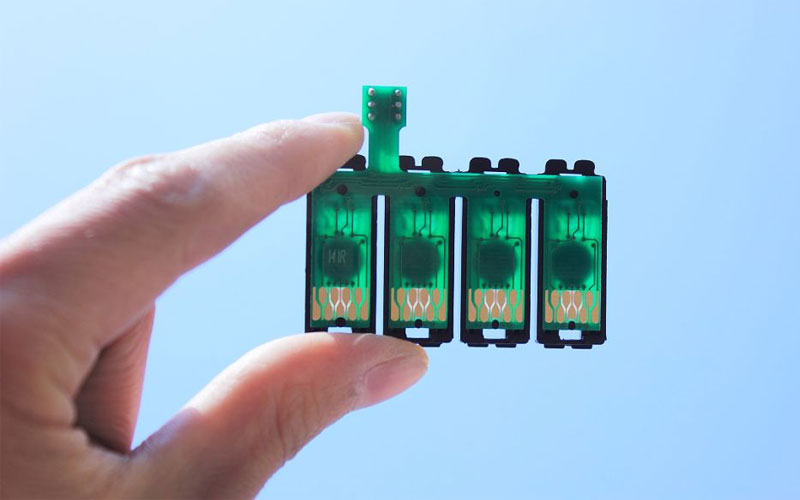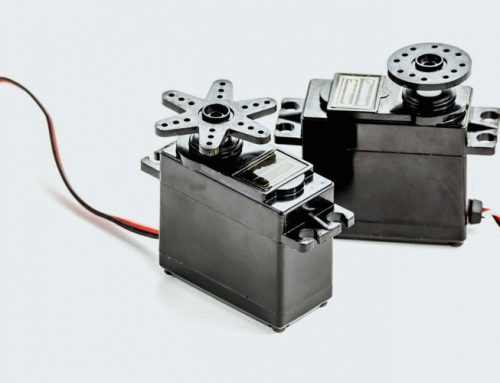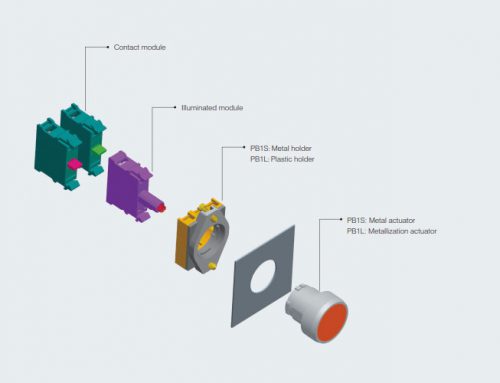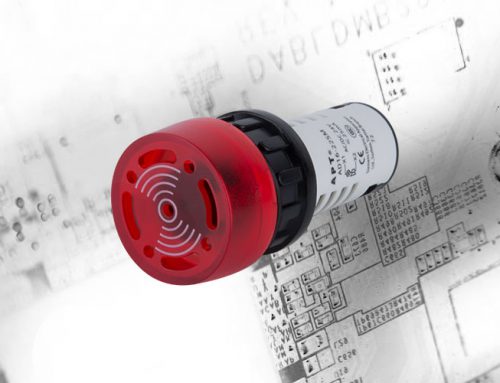Relay is an automatic control device whose output will change by leaps when the input (electricity, magnetism, sound, light, heat) reaches a certain value. We often use electromagnetic relays, solid state relays (SSR), thermal relays, and time relays.

Principle and characteristics of the relay: An electrical device that turns on or off the controlled output circuit when the input (such as voltage, current, temperature, etc.) reaches a specified value.It can be divided into two categories: electric quantity relay (such as current, voltage, frequency, power, etc.) and non-electric quantity relay (such as temperature, pressure, speed, etc.).It has the advantages of fast action, stable operation, long service life and small size.It is widely used in power protection, automation, motion, remote control, measurement and communication devices.Relay is an electronic control device which has control system (also called input circuit) and controlled system (also called output circuit). It is usually used in automatic control circuit. In fact, it is an “automatic switch” that uses small current to control large current.Therefore, it plays the roles of automatic regulation, safety protection and switching circuit.
Electromagnetic relay
Electromagnetic relays are generally composed of iron core, coil, armature, contact reed, etc. When a certain voltage is added to the two ends of the coil, a certain current will be generated in the coil, which will produce electromagnetic effect. The armature will overcome the pulling force of the return spring to attract the iron core under the action of electromagnetic force, and the moving contact and the static contact (normally open contact) of the armature are closed. When the coil is de-energized, the electromagnetic attraction force disappears, and the armature returns to its original position by the reaction force of the spring, so that the moving contact and the original static contact (normally closed contact) are closed. In addition, the “normally open, normally closed” contacts of the relay can be distinguished as follows: the static contact that is in the off state when the relay coil is not energized is called “normally open contact(NO contact)”; the static contact that is in the on state The points are called “normally closed contact(NC contact)”.
Electromagnetic relays include voltage relays, current relays, magnetic holding relays, etc.
Voltage relay
The most common intermediate relay we use is the voltage relay.The structure and principle of intermediate relay are basically the same as AC contactor. The main difference between intermediate relay and contactor is that the main contact of contactor can pass through high current, while the contact of intermediate relay can only pass through low current and has little overload capacity.Therefore, intermediate relays can only be used in control circuits, generally without main contacts and with a large number of auxiliary contacts.
According to different input circuits, intermediate relay can be divided into DC relay and AC relay, which is generally composed of base and contact. In practical work, the circuit with current less than 5A can also be directly completed by intermediate relay instead of just used as control circuit. Because the intermediate relay has a wide range of voltage requirements, it is widely used in practice. For example, the intermediate relay of 12V DC can work normally from 9V to 15V.
Over and under voltage protection relay is also a kind of voltage relay. Self compound over-voltage and under voltage protection relay can play a protective role in case of abnormal voltage. For example, when the utility voltage exceeds or is lower than the action voltage of the protector, the protector can quickly and reliably cut off the load power supply to protect the electrical appliances and personal safety. When the mains voltage returns to normal, the protector automatically turns on the power supply and restores the power supply. Now it is more and more popular in the family.
Current relay
Current relay is the most commonly used component in power system relay protection. The current relay has the advantages of simple connection, fast and reliable operation, convenient maintenance and long service life. As a protection element, current relay is widely used in overload and short-circuit relay protection lines of motors, transformers and transmission lines.
The detection object of current relay is the current change of circuit or main electrical components. When the current exceeds (or is lower than) a certain setting value, the relay acts to complete the control and protection function of the relay. Current relay can be divided into electromagnetic current relay and static current relay by structure type.
Magnetic latching relay
Magnetic latching relay is a new type of relay developed in recent years. It is also an automatic switch. Like other electromagnetic relays, it can switch on and off the circuit automatically. The difference is that the normally closed or normally open state of magnetic latching relay completely depends on the action of permanent magnet, and the switching state of magnetic latching relay is triggered by a certain width of pulse electric signal.
Solid state relay(SSR)
Solid state relay (SSR) is a contactless switch composed of microelectronic circuits, discrete electronic devices and power electronic power devices. The isolation device is used to realize the isolation between the control end and the load end. The input of solid state relay uses tiny control signal to drive large current load directly. It uses the switching characteristics of electronic components (such as switching transistor, bidirectional silicon controlled rectifier and other semiconductor devices) to achieve the purpose of connecting and breaking the circuit without contact and spark, so it is also called “contactless switch”. It is a four terminal device with two terminals as input terminals and two terminals as output terminals. The isolation device is used in the middle to realize the electrical isolation of input and output.

According to the type of load power supply, solid state relay can be divided into AC type and DC type. According to the switch type, it can be divided into normally open type and normally closed type. According to the isolation type, it can be divided into hybrid type, transformer isolation type and photoelectric isolation type, and the photoelectric isolation type is the most.
Thermal relay
Thermal relays generally consist of heating elements, control contacts and action systems, reset mechanisms, current setting devices and temperature compensation elements. It generates heat from the current flowing into the heating element, which causes the bimetallic strips with different expansion coefficients to deform. When the deformation reaches a certain distance, it pushes the connecting rod to disconnect the control circuit, thereby causing the contactor to lose power and the main circuit Disconnect to realize the motor overload protection.
As the overload protection component of the motor, thermal relay has been widely used in production due to its small size, simple structure and low cost.
Time relay
The time relay is a kind of relay that when the input action signal is added (or removed), the output circuit needs to pass through the specified accurate time to produce jump change (or contact action). It is a kind of electrical component used in the circuit with lower voltage or lower current, which is used to connect or cut off the circuit with higher voltage and higher current.

Because time relay is mainly composed of winding and contact, the symbol of time relay should also contain winding and contact. Different types of winding and contact combination can constitute time relay with different working mode. It is divided into power on delay relay and power off delay relay.
The power supply voltage of the time relay is allowed to fluctuate in the range of 85% – 110% of the rated power supply voltage, and the circuit diagram is generally printed on the side. When selecting time relay, pay attention to the current type and voltage level of its coil (or power supply), and select delay mode, contact form, delay precision and installation mode according to control requirements.

Common symbols of time relay



